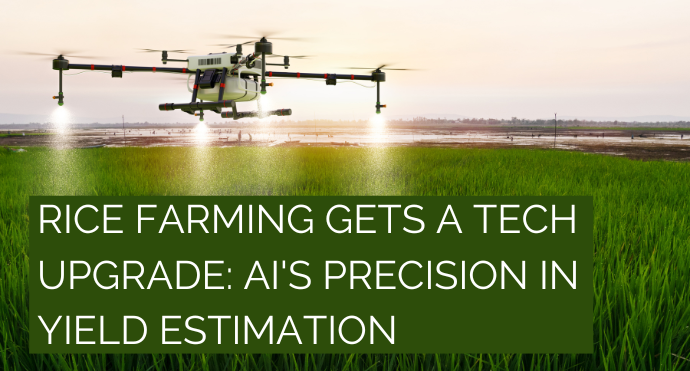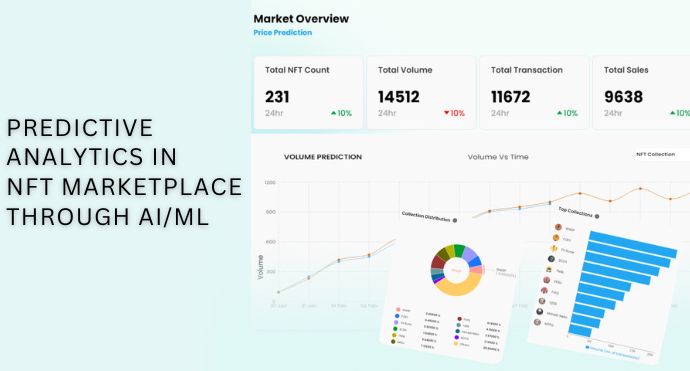In the vast, verdant paddy fields that stretch across Asia, Africa, and parts of the Americas, a quiet revolution is taking place. Rice, one of the world’s most consumed staples, has been grown for thousands of years, with farmers relying on age-old techniques and wisdom passed down through generations. But today, a new player is entering the scene, promising to transform the way we approach rice farming: Artificial Intelligence (AI).
The Age-Old Challenge of Predicting Yields
Weather Anomalies:
- 2020: Unexpected weather anomalies in Southeast Asia resulted in a 15% drop in expected rice yields.
- 2023: Climate shifts led to prolonged droughts in key rice-growing regions, impacting yields by an estimated 18%.
Soil Quality Variations:
- Over the past decade, some regions reported a 20% decrease in soil fertility.
- 2023: Innovative soil rejuvenation techniques were introduced, but still, about 12% of rice fields faced fertility challenges.
Pest Infestations:
- A significant outbreak of the brown planthopper in Vietnam in 2020 affected over 30,000 hectares.
- 2023: New pests, like the rice stem borer, emerged, impacting an estimated 40,000 hectares across Asia.
Water Availability:
- Changing rainfall patterns have led to inconsistent water availability for rice cultivation.
- 2023: Water scarcity issues intensified in regions like Northern India, affecting rice yields by approximately 10%.
Traditional Estimation Methods:
- A 2019 survey in Thailand revealed that 70% of local rice farmers relied primarily on ancestral knowledge for yield predictions.
- 2023: Despite technological advancements, around 60% of farmers in certain areas still depended on traditional methods, leading to estimation errors.
Supply Chain and Pricing:
- Price fluctuations due to inaccurate yield predictions have been a concern. In some regions, rice prices varied by as much as 25% within a single year.
- 2023: With global demand surging, unstable yield predictions led to price spikes, affecting both producers and consumers.
Unveiling the Future: AI’s Role in Modern Agriculture
With the advent of AI, the game is changing. Recent studies have shown that machine learning algorithms, a subset of AI, can analyze vast amounts of data to make accurate predictions about rice yields. These algorithms take into account various factors, from satellite imagery of paddy fields to real-time weather data, and churn out predictions that are often more accurate than traditional methods.
But how does it work? At its core, AI mimics the human brain’s neural networks but on a much larger scale. By feeding it vast amounts of data, the system learns and refines its predictions over time. For rice farming, this means analyzing data from previous harvests, current soil conditions, weather patterns, and even the type of rice being grown. The result? A highly accurate estimate of the yield, sometimes weeks or even months in advance.
Reaping the Digital Harvest: How AI Benefits Rice Cultivation
Improved Supply Chain Management: With more accurate yield predictions, suppliers and distributors can better plan their logistics, ensuring that rice reaches consumers fresh and at the right price.
Enhanced Food Security: In regions where rice is a staple, accurate yield predictions can help governments and organizations ensure that there’s enough supply to meet demand, preventing potential food shortages.
Optimized Farming Practices: By understanding which factors most influence yields, farmers can adjust their practices accordingly. For instance, if AI identifies that a particular type of fertilizer leads to higher yields, farmers can adopt it more widely.
Financial Stability for Farmers: Accurate yield predictions can help farmers plan their finances better, ensuring they get the best price for their produce and reducing the risk of unexpected losses.
Navigating New Horizons: What’s Next for AI in Agriculture?
While the integration of AI into rice farming is promising, it’s essential to approach it with caution. There’s a need for training and education ensuring that farmers understand how to use these new tools effectively. Moreover, the technology should be accessible and affordable, especially for small-scale farmers who might benefit the most from it.
Furthermore, as with all technologies, there’s a risk of over-reliance. While AI can provide valuable insights, it’s essential to remember that farming is as much an art as it is a science. The experience and knowledge of farmers, honed over generations, remain invaluable.
Conclusion:
The fusion of traditional rice farming with cutting-edge AI technology is a testament to human ingenuity. As we stand at the crossroads of tradition and innovation, the future of rice farming looks brighter than ever. With AI’s precision in yield estimation, we’re not just looking at better business prospects for farmers but a more food-secure world for all of us.



